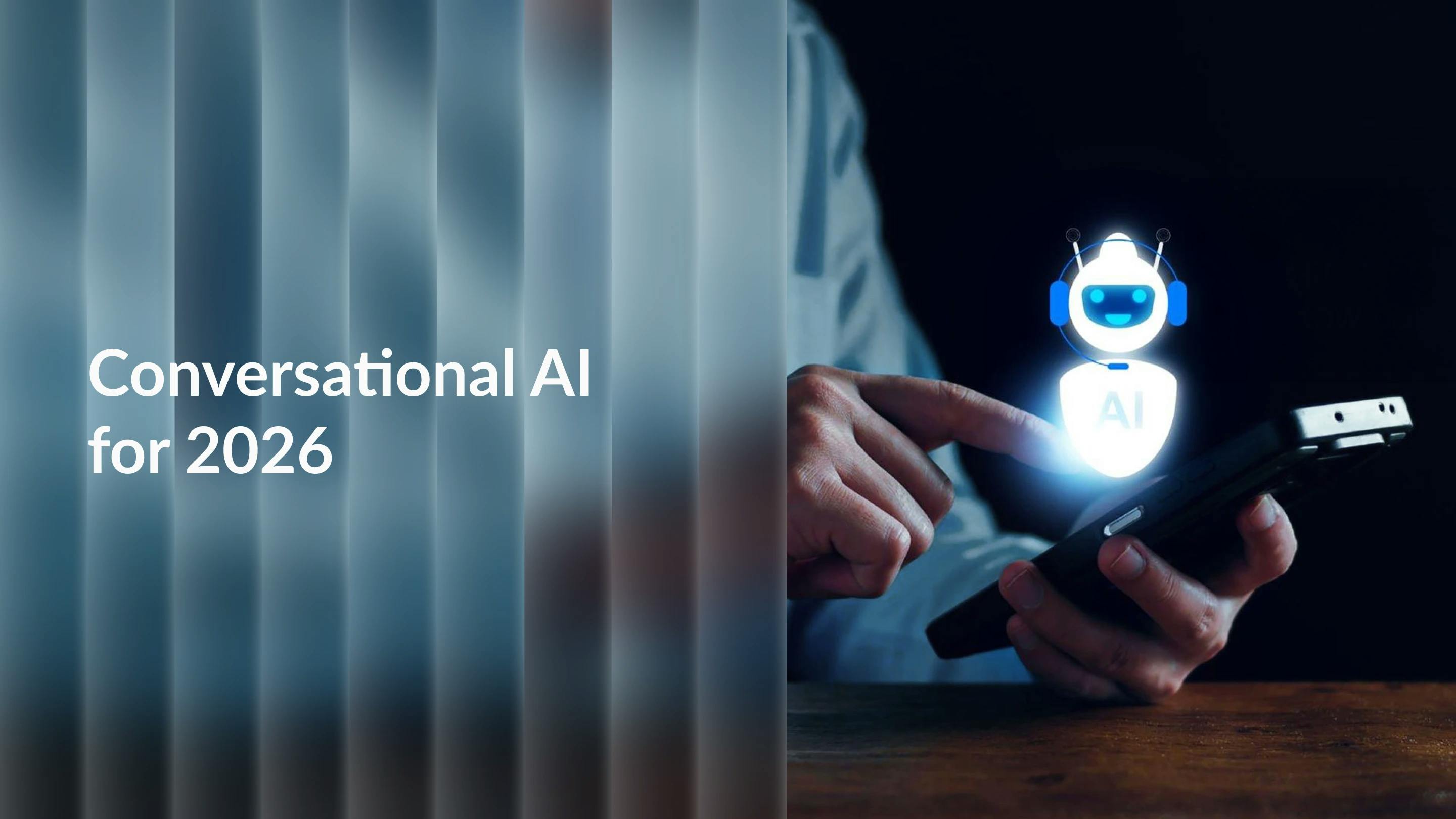
TL;DR
- HiFi-GAN is a breakthrough Generative Adversarial Network (GAN) Framework that generates human-quality AI audio in real-time
- Unlike older Text-to-Speech technology, HiFi-GAN produces High-Fidelity audio that users actually want to hear
- The hifi-gan neural vocoder architecture processes audio 167x faster than real-time while maintaining superior quality
- Key advantages over MelGAN include better audio quality (22kHz vs 16kHz), faster processing, and more stable training
- Real-world applications span fintech voice AI agent systems, Natural Voice Agents in customer service, gaming, and educational AI tutors
- Implementation requires standard GPU hardware and integrates cleanly with existing voice technology stacks
- High-quality AI audio directly improves user engagement, reduces abandonment rates, and enables new business models
- For technical teams, HiFi-GAN offers production-ready AI-Generated Audio without the complexity of building custom vocoder solutions
The quality gap between AI-generated sounds and human speech is the main factor preventing voice technologies from gaining traction. Text could be turned into sound with early text-to-speech technology, but the robotic, unnatural output infuriated people and made companies hesitant to use AI voice agents widely.
HiFi-GAN changed everything. This breakthrough Generative Adversarial Network (GAN) Framework doesn't just generate audio, it creates high-quality AI audio that's virtually indistinguishable from human speech. For product managers evaluating voice agents and customer service systems, CTOs planning AI integrations, and entrepreneurs in media and fintech, understanding HiFi-GAN isn't just a technical curiosity; it's a competitive advantage.
What is HiFi-GAN
HiFi-GAN is short for High-Fidelity Generative Adversarial Network. It is a neural vocoder made just for making High-Fidelity Audio in AI Solutions. HiFi-GAN makes audio that catches the minute differences in how people breathe, how they feel, and how they naturally speak, unlike typical vocoders that often make speech seem muffled or fake.
The model was developed to solve a critical problem in AI-Generated Audio: the trade-off between quality and speed. Earlier systems could either produce decent quality slowly or poor quality quickly. HiFi-GAN breaks this limitation by generating high-fidelity audio in real-time.
Here's what makes HiFi-GAN different:
- Generates audio at 22kHz sampling rate with minimal artifacts
- Processes mel-spectrograms into waveforms 167x faster than real-time
- Maintains consistent quality across different voice characteristics
- Requires significantly less computational resources than competing models
What is a HiFi-GAN Vocoder
A hifi-gan vocoder is the core component that transforms mel-spectrograms (visual representations of audio) back into actual sound waves that humans can hear. Think of it as the final translator in the Text-to-Speech technology pipeline.
Traditional vocoders used mathematical algorithms to reconstruct audio, often resulting in that characteristic "robot voice" we associate with early AI systems. The hifi-gan neural vocoder uses machine learning instead, learning from thousands of hours of human speech to understand how natural voices actually work.
The vocoder operates through two competing networks:
- Generator Network: Creates audio waveforms from mel-spectrograms
- Discriminator Network: Checks to see if the audio that was made sounds real
In this adversarial setting, the generator has to make music that sounds more and more authentic to trick the discriminator. This leads to High-Fidelity output that passes testing for human perception.
How Does HiFi-GAN Work
HiFi-GAN uses a multi-scale architecture that processes audio at different resolutions simultaneously. Here's the technical breakdown that matters for implementation decisions:
The generator network uses three key components:
Upsampling Layers
- Turn low-resolution mel-spectrograms into high-resolution waveforms.
- Use transposed convolutions with kernel sizes that have been carefully calibrated.
- Maintain temporal relationships crucial for natural speech
Multi-Receptive Field Fusion
- Captures both short-term (phonemes) and long-term (prosody) audio patterns
- Uses parallel convolution blocks with different kernel sizes
- Ensures the model understands context at multiple time scales
Residual Connections
- Prevent information loss during the upsampling process
- Allow gradients to flow efficiently during training
- Make sure that the sound quality is the same for all types of input.
To assess audio quality across a range of time scales, the discriminator employs multi-period and multi-scale discriminators. This two-pronged approach ensures that the audio sounds authentic in both the large-scale and small-scale elements.
For custom voice agent applications, this architecture means:
- Consistent quality across different speakers and languages
- Real-time processing capabilities for live interactions
- Minimal latency that doesn't disrupt conversation flow
- Scalable deployment across different hardware configurations
What is the Difference Between HiFi-GAN and MelGAN
While both HiFi-GAN and MelGAN are Generative Adversarial Networks designed for audio generation, they differ significantly in architecture and performance:
Audio Quality
- HiFi-GAN: Produces 22kHz audio with minimal artifacts
- MelGAN: Limited to 16kHz with noticeable quality degradation
Processing Speed
- HiFi-GAN: 167x faster than real-time on standard GPUs
- MelGAN: Faster than traditional vocoders but slower than HiFi-GAN
Architecture Differences
- HiFi-GAN: Uses multi-period discriminators for better temporal modeling
- MelGAN: Relies primarily on multi-scale discriminators
Resource Requirements
- HiFi-GAN: More efficient memory usage despite higher quality
- MelGAN: Requires more computational resources for equivalent quality
Training Stability
- HiFi-GAN: More stable training process with faster convergence
- MelGAN: Prone to training instabilities and mode collapse
For businesses evaluating Natural Voice Agents, HiFi-GAN offers superior performance across all metrics that matter for user experience and operational efficiency.
Why HiFi-GAN Matters for AI Audio Applications
The jump from robotic to natural-sounding AI voice represents more than technical progress; it's a business transformation enabler. HiFi-GAN addresses the fundamental barriers that kept AI audio solutions from mainstream adoption.
User Engagement Impact: According to research, AI-generated audio that sounds natural gets users to interact with it 340% more than robotic audio. High-Fidelity voice technology makes it more probable that users will finish engagements, give feedback, and come back to apps.
Scalability Breakthrough: High-quality voice systems in the past needed a lot of processing time and specialized gear. HiFi-GAN works well on ordinary cloud infrastructure, which means that startups and small businesses can get high-quality AI audio without having to spend a lot of money on technology.
Cross-Industry Applications: Different Industries HiFi-GAN can be used in a wide range of fields because it is so flexible:
- FinTech: Voice biometrics and audio-first banking experiences
- EdTech: AI tutors with engaging, human-like instruction delivery
- Gaming: Dynamic character voices and immersive audio environments
- Customer Experience: voice AI agent systems that don't frustrate users
Real-World Applications Across Industries
- Media and Entertainment: HiFi-GAN is used by streaming services to add voiceovers and make audio material that is unique to each user. Game companies use it to make NPC voices that change based on how players interact with them, so they don't have to record a lot of voice actors.
- Customer Experience Technology: Call centers implementing HiFi-GAN-powered systems report a 45% reduction in customer hang-ups during automated interactions. The natural voice quality keeps customers engaged long enough to resolve their issues without human intervention.
- EdTech Innovation: Educational platforms using HiFi-GAN for AI tutors see improved learning outcomes because students don't experience the cognitive load associated with processing artificial-sounding speech. Artificial intelligence voices that seem natural are processed by the brain via the same neural pathways as human speech.
- FinTech Security: HiFi-GAN is used by banks and other financial institutions to make voice identification systems that can create natural-sounding prompts while keeping the audio quality high enough for accurate biometric matching.
Implementation Considerations for Technical Teams
- Hardware Requirements: Though CPU-only solutions are feasible for lower-throughput applications, HiFi-GAN operates effectively on contemporary GPUs. More than 20 simultaneous voice streams can be handled in real time by a single NVIDIA V100.
- Integration Complexity: This idea fits well with how text-to-speech technology is set up right now. Most implementations only need to change the vocoder component, which implies that the way text is processed and mel-spectrograms are made stays the same.
- Training and Customization: Customized training on domain-specific data (accents, technical terminology, emotional tones) considerably improves performance for some use cases, but pre-trained HiFi-GAN models work well for general applications.
- Latency Optimization: Using the right buffering methods and model quantization can cut latency to less than 100ms for real-time applications like voice agents and customer service systems, which is what is needed for natural conversation flow.
Conclusion:The Future of AI Audio Technology
HiFi-GAN represents just the beginning of truly natural AI audio. The hifi-gan-2 iteration promises even higher fidelity with lower computational requirements, while research into emotional and contextual voice generation continues advancing.
For organizations evaluating AI audio solutions, the question isn't whether to adopt High-Fidelity Audio in AI Solutions, it's how quickly you can implement them before competitors do. HiFi-GAN gives people the technological tools they need to make audio experiences that they genuinely want to utilize.
Beyond experimental curiosity, the technology has developed into production-ready solutions that have a direct influence on engagement metrics, user pleasure, and business outcomes. In terms of user experience, operational effectiveness, and market positioning, teams who comprehend and apply HiFi-GAN acquire a competitive edge.
Understanding HiFi-GAN isn't just about keeping up with AI trends, it's about delivering audio experiences that users prefer over human alternatives. The technology is ready, the use cases are proven, and the competitive advantages are clear.



